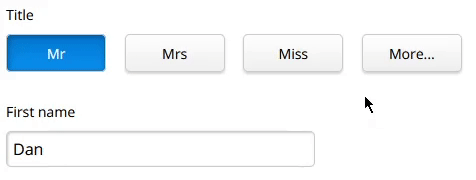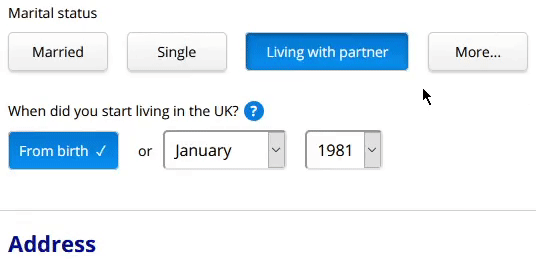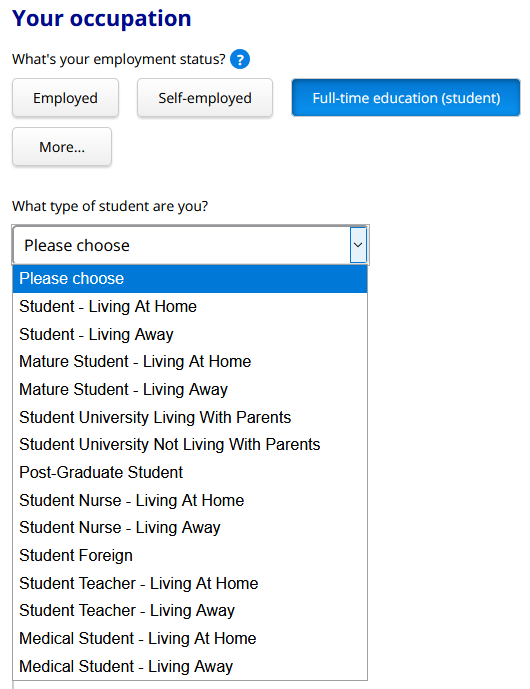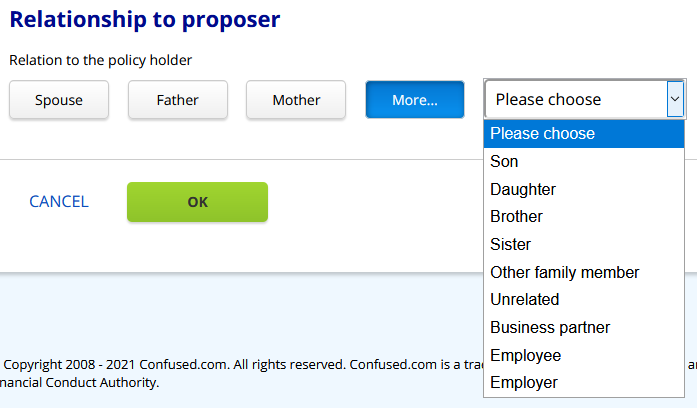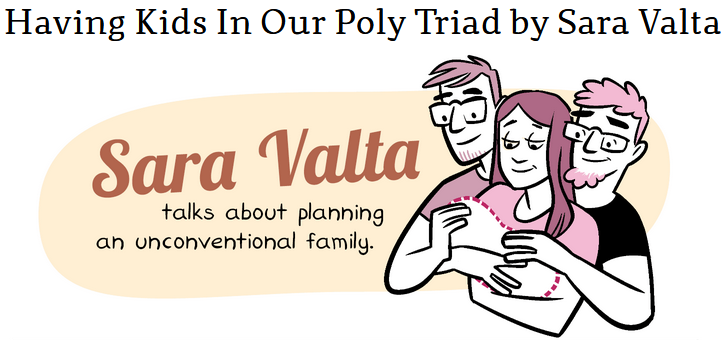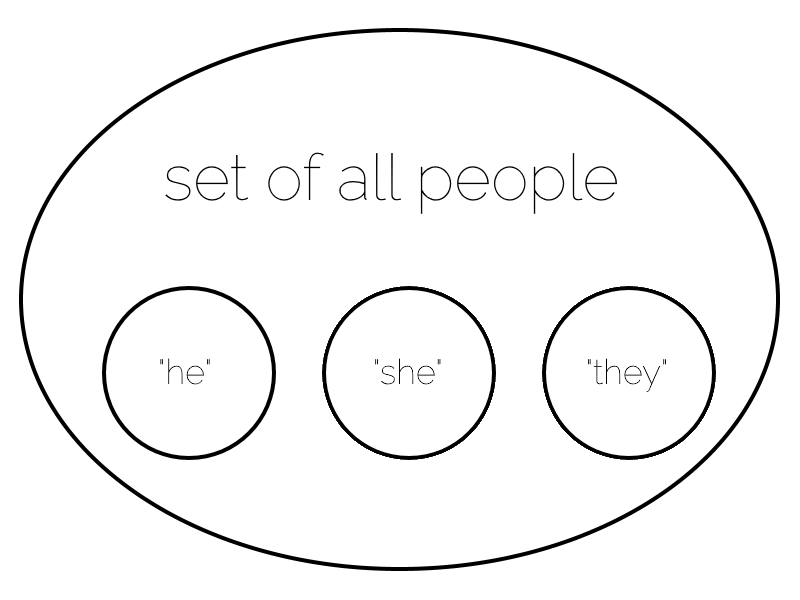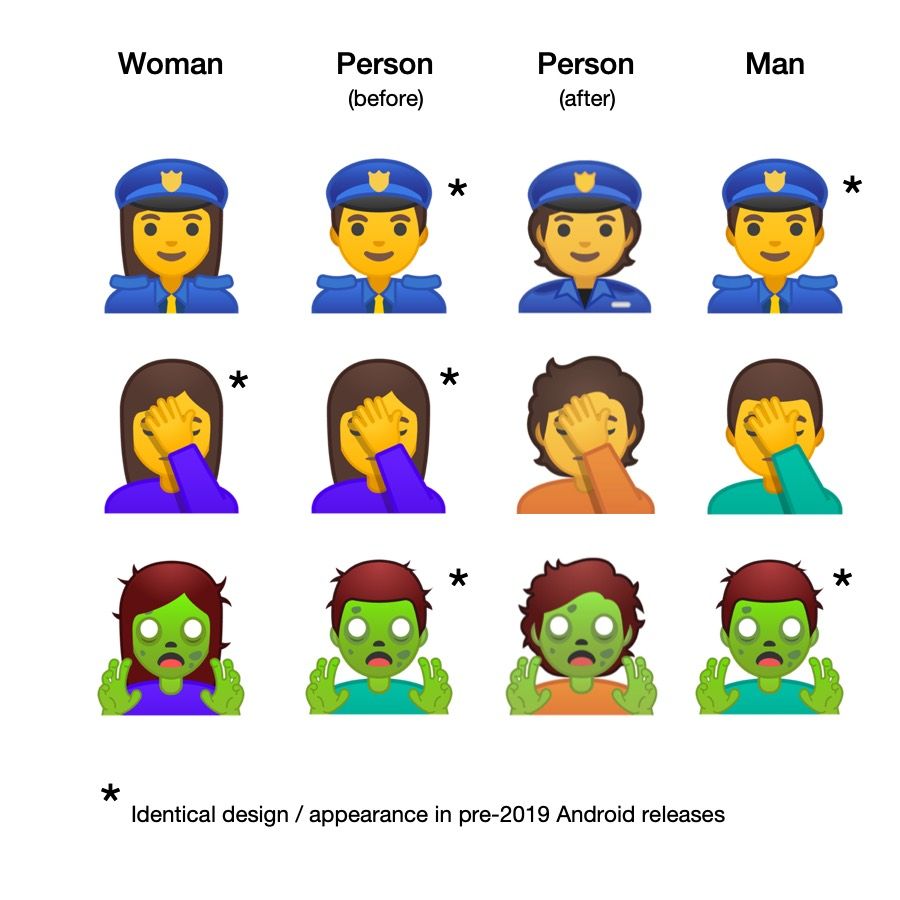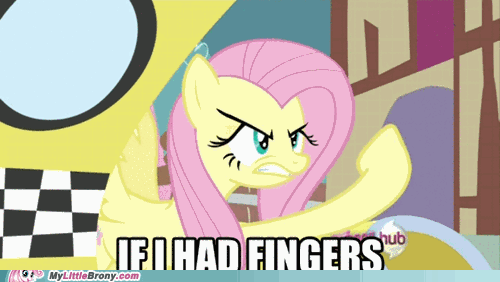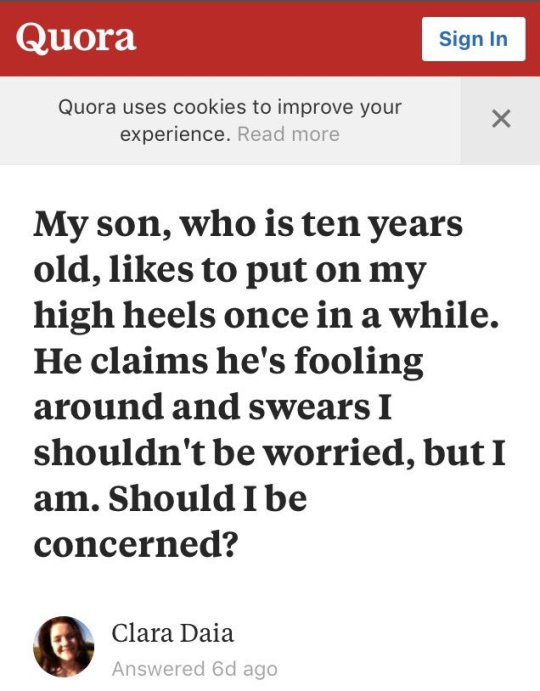Enfys published an article this week to their personal blog: How to use gender-inclusive language. It spun out from a post that they co-authored on an internal Automattic blog, and while the while thing is pretty awesome as a primer for anybody you need to show it to, it introduced a new word to my lexicon for which I’m really grateful.
The Need for a New Word
I’ve long bemoaned the lack of a gender-neutral term encompassing “aunts and uncles” (and, indeed, anybody else in the same category: your parents’ siblings and their spouses). Words like sibling have been well-established for a century or more; nibling has gained a lot of ground over the last few decades and appears in many dictionaries… but we don’t have a good opposite to nibling!
Why do we need such a word?
- As a convenient collective noun: “I have 5 aunts and uncles” is clumsier than it needs to be.
- Where gender is irrelevant: “Do you have and aunts and/or uncles” is clumsier still.
- Where gender is unknown: “My grandfather has two children: my father and Jo.” “Oh; so you have an Aunt or Uncle Jo?” Ick.
- Where gender is nonbinary: “My Uncle Chris’s spouse uses ‘they/them’ pronouns. They’re my… oh fuck I don’t even remotely have a word for this.”
New Words I Don’t Like
I’m not the first to notice this gap in the English language, and others have tried to fill it.
I’ve heard pibling used, but I don’t like it. I can see what its proponents are trying to do: combine “parent” and “sibling” (although that in itself feels ambiguous: is this about my parents’ siblings or my siblings’ parents, which aren’t necessarily the same thing). Moreover, the -ling suffix feels like a diminutive, even if that’s not its etymological root in this particular case, and it feels backwards to use a diminutive to describe somebody typically in an older generation than yourself.
I’ve heard that some folks use nuncle, and I hate that word even more. Nuncle already has a meaning, albeit an archaic one: it means “uncle”. Read your Shakespeare! Don’t get me wrong: I’m all for resurrecting useful archaic words: I’m on a personal campaign to increase use eyeyesterday and, especially, overmorrow (German has übermorgen, Afrikaans has oormôre, Romanian has poimâine: I want a word for “the day after tomorrow” too)! If you bring back a word only to try to define it as almost-the-opposite of what you want it to mean, you’re in for trouble.
Auntle is another candidate – a simple fusion of “aunt” and “uncle”… but it still feels a bit connected to the gendered terms it comes from, plus if you look around enough you find it being used for everything from an affectionate mutation of “aunt” to a term to refer to your uncle’s husband. We can do better.
A New Word I Do!
But Enfys’ post gave me a new word, and I love it:
…
Here are some gender-neutral options for gendered words we hear a lot. They’re especially handy if you’re not sure of the gender of the person you’re addressing:
Mx.: An honorific, alternative to Mr./Mrs./Ms.
Sibling: instead of brother/sister
Spouse: instead of husband/wife
Partner, datefriend, sweetheart, significant other: instead of boyfriend/girlfriend
Parent: instead of mother/father
Nibling: instead of niece/nephew
Pibling, Entle, Nuncle: instead of aunt/uncle…
Entle! Possibly invented here, this is the best gender-neutral term for “the sibling of your parents, or the spouse of the sibling of your parents, or another family member who fulfils a similar role” that I’ve ever seen. It brings “ent” from “parent” which, while etymologically the wrong part of the word for referring to blood relatives (that comes from a PIE root pere- meaning “to produce or bring forth”), feels similar to the contemporary slang root rent (clipped form of “parent”). It feels new and fresh enough to not be “auntle”, but it’s similar enough to the words “aunt” and “uncle” that it’s easy to pick up and start using without that “what’s that new word I need to use here?” moment.
I’m totally going to start using entle. I’m not sure I’ll find a use for it today or even tomorrow. But overmorrow? You never know.


